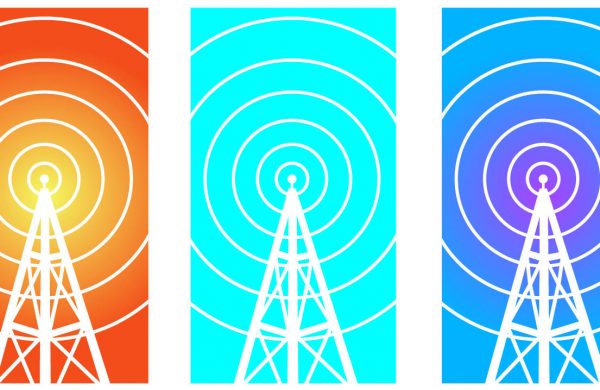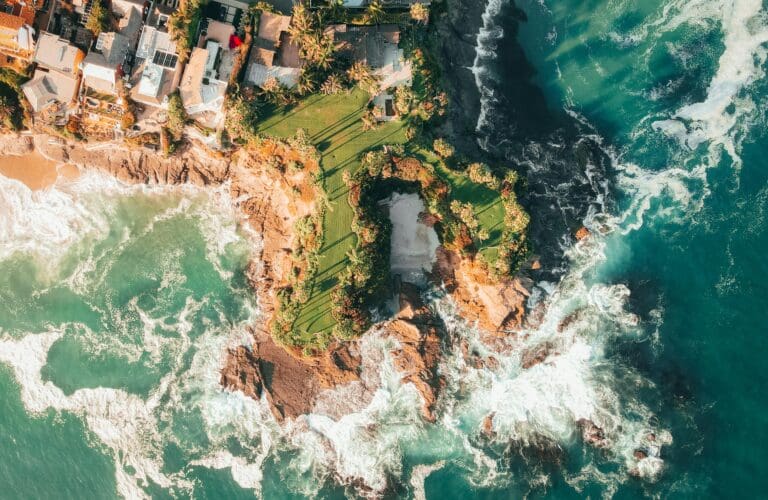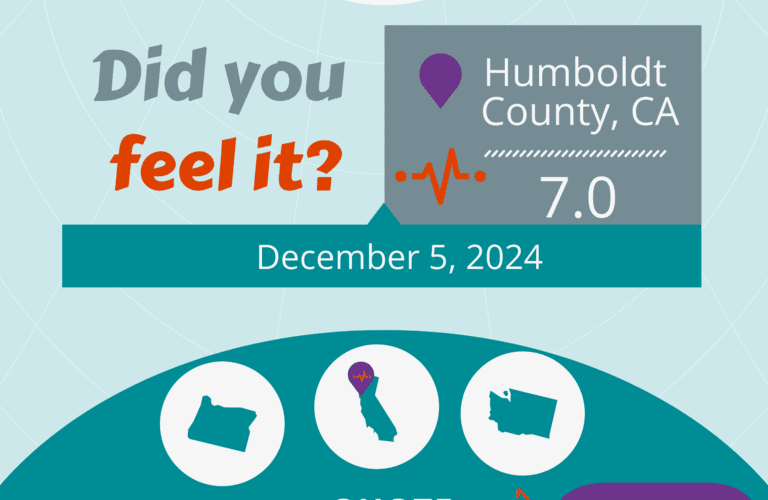Recent wildfires in California caused widespread cellphone outages opens a new window. Some residents were unable to make or receive calls for several days. These interruptions coincided with the planned power shut-offs at the time when people would need their cellphones most for evacuation warnings and communication with loved ones. If you think about disaster response without communication, you realize how scary this truly can be.
It wasn’t just cellphones. Some had issues with landline phone service through their broadband internet provider — furthermore, some experienced issues for traditional copper-based landline phones.
Emergency and disaster response teams had to rely on radio communications, which created extra traffic during an emergency.
Concerns about these interruptions and outages are not limited to wildfires. When the next earthquake strikes, the communication network is not prepared to handle the response.
There aren’t any federal or state regulations that require backup power for cell service. The next Big One could knock out power to the infrastructure, and cell companies are unprepared to respond. Landlines are not only unreliable but also challenging to find when an earthquake impacts an entire area.
Radio is the most reliable method of communication after a significant event. After the Kincade fire, the radio became the primary source of communication. While cell companies are unprepared, that doesn’t mean you can’t get prepared.
Get prepared today for the next earthquake. Read up on best practices and have your emergency supplies ready. The next Big One is coming, and it’s not a matter of if, but when it will strike.

Earthquakes and other events can interrupt disaster response communications.
QuakeInsurance by GeoVera provides innovative insurance solutions in catastrophe-exposed areas and is the leading provider of residential earthquake insurance. QuakeInsurance uses a strategic and agile approach to developing insurance products that are both impactful and reliable. opens a new windowGet a quote today!



